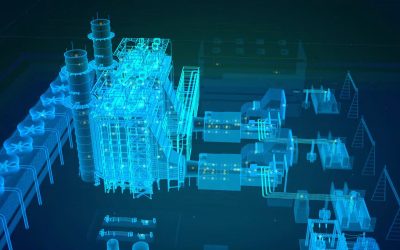Many of the manufacturers involved in developing IoT technology are still finding a way through the evolving landscape. Most, however, remain focussed on convenience. Convenience products won’t sell in significant quantities, however. Instead IoT devices that are useful, that solve a problem, and that add real value will sell. To achieve these things machine learning is often required.
 After all, gadget geeks will get excited by the ability to switch off the lights or unlock a door using a phone. Most people, however, will spend their money on other things. Here’s the real insight, however – those people won’t miss anything by choosing to avoid convenience-based IoT technology. After all, it is just as easy to turn off the lights at the switch.
After all, gadget geeks will get excited by the ability to switch off the lights or unlock a door using a phone. Most people, however, will spend their money on other things. Here’s the real insight, however – those people won’t miss anything by choosing to avoid convenience-based IoT technology. After all, it is just as easy to turn off the lights at the switch.
Here’s another example: devices that give people the ability to remotely adjust the heating in their homes probably won’t become mainstream. Consumers are much more likely, however, to buy a device that lets them do that but also makes their homes more energy efficient, saving them money and helping protect the environment.
Despite this, manufacturers go for convenience-focused products as they are easy to develop. Devices and applications that solve real problems are complex and almost always require machine learning.
Making Products that People Must Have
The key to success for manufacturers is making products that people must have, not that they might (or might not) want. The idea that machine learning must be incorporated into products to achieve this is outlined in an article written by Jacques Touillon on VentureBeat.
Why are more manufacturers and developers not focussed in this area, then? It is not technically difficult to achieve, particularly with the increasing use of the cloud and remote processing. The biggest issue is figuring out how to reliably and effectively use data. Data takes time to mature, to understand, and become useful. Some regard that as limiting.
Spotting the Data Advantage
On the flip side, data gives those who start early the greatest advantage. Unusually for the tech industry, early starters will even beat those with larger financial resources or user bases. This is because data takes time to gather, and more users or money cannot buy time. The longer you collect data the more reliable it becomes. You can then release new products, features, and solutions while competitors are still in the data collection phase. You must, however, start early.
This can, therefore, be described as a wide open field: IoT devices and applications that utilise machine learning. The most dominant players at the moment are the big tech companies, but they don’t have exclusive access. Start-ups and smaller operators who exploit the cloud (i.e. instead of attempting to put a lot of hardware on the device) and adopt intelligent business models (such as, for example, not offering machine learning solutions initially but still collecting data) can get involved.
Those that are successful will recognise the following points:
· Machine learning makes devices and applications powerful instead of simply convenient
· Opportunities in the space are almost endless
· The main players are large tech companies, but there is plenty of room for more to get involved
Big Data and related technologies – from data warehousing to analytics and business intelligence (BI) – are transforming the business world. Big Data is not simply big: Gartner defines it as “high-volume, high-velocity and high-variety information assets.” Managing these assets to generate the fourth “V” – value – is a challenge. Many excellent solutions are on the market, but they must be matched to specific needs. At GRT Corporation our focus is on providing value to the business customer.
Digital Transformation for Power Plant
Picture by Timothy Cheng Fun, GE Reports. Power system equipment condition monitoring is a must if you wish to...



